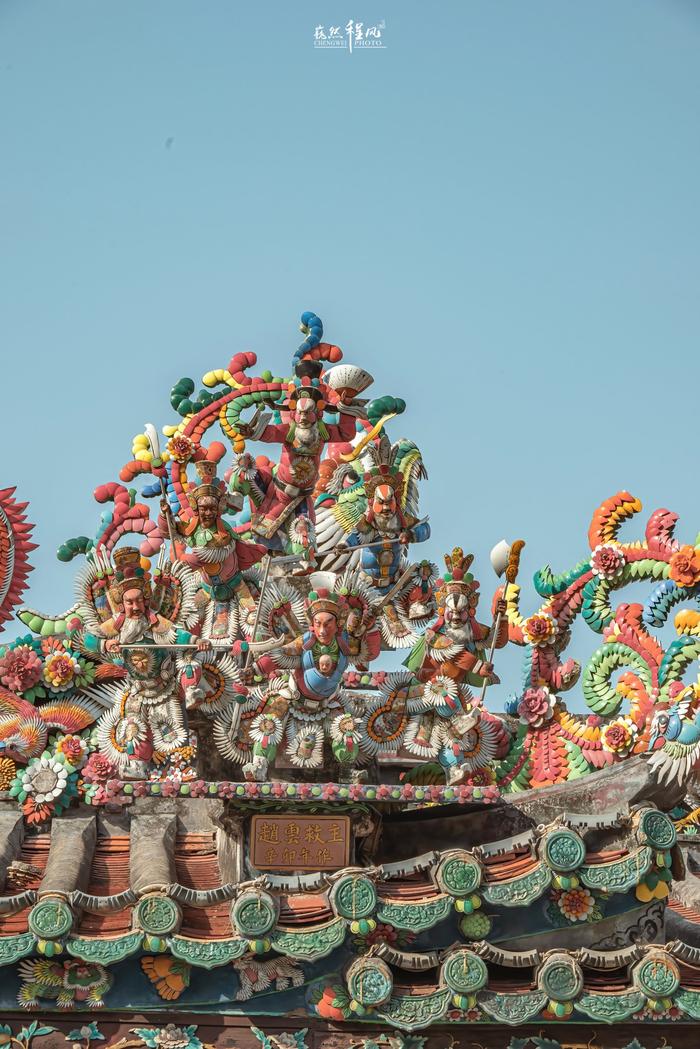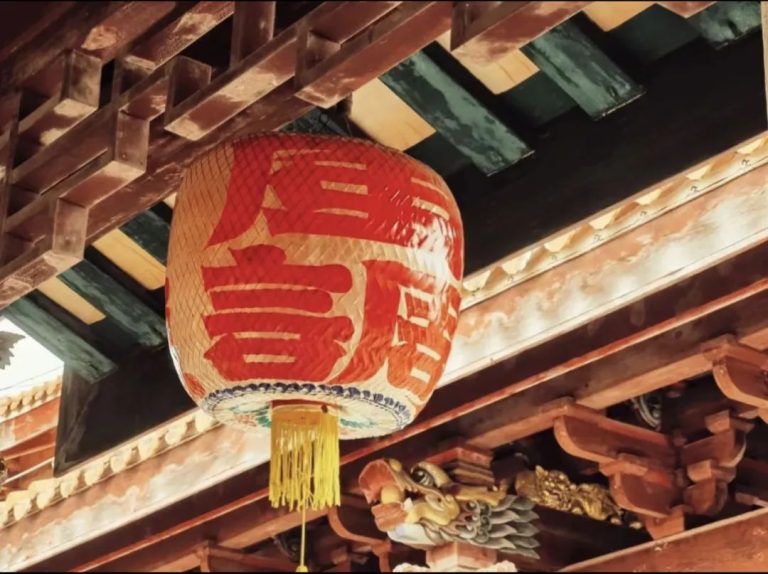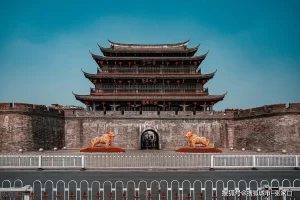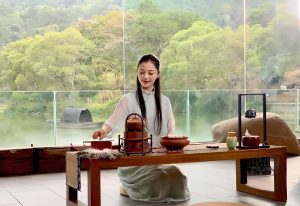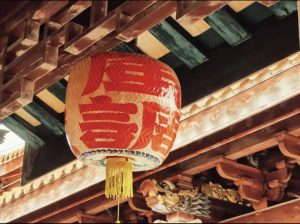Teochew embedded porcelain is a rare traditional art. This art uses broken porcelain pieces to create vivid images. It is recognized as a national intangible cultural heritage.It is known as one of the three major architectural decorative arts in Chaozhou and Shantou, along with wood carving and stone carving.
The technique is based on cutting and pasting porcelain fragments. Artists break porcelain in a controlled way to use its pieces. They then inlay these pieces onto brick or wooden surfaces. The method creates a striking decorative effect on buildings. This art tells a story of history and cultural pride.

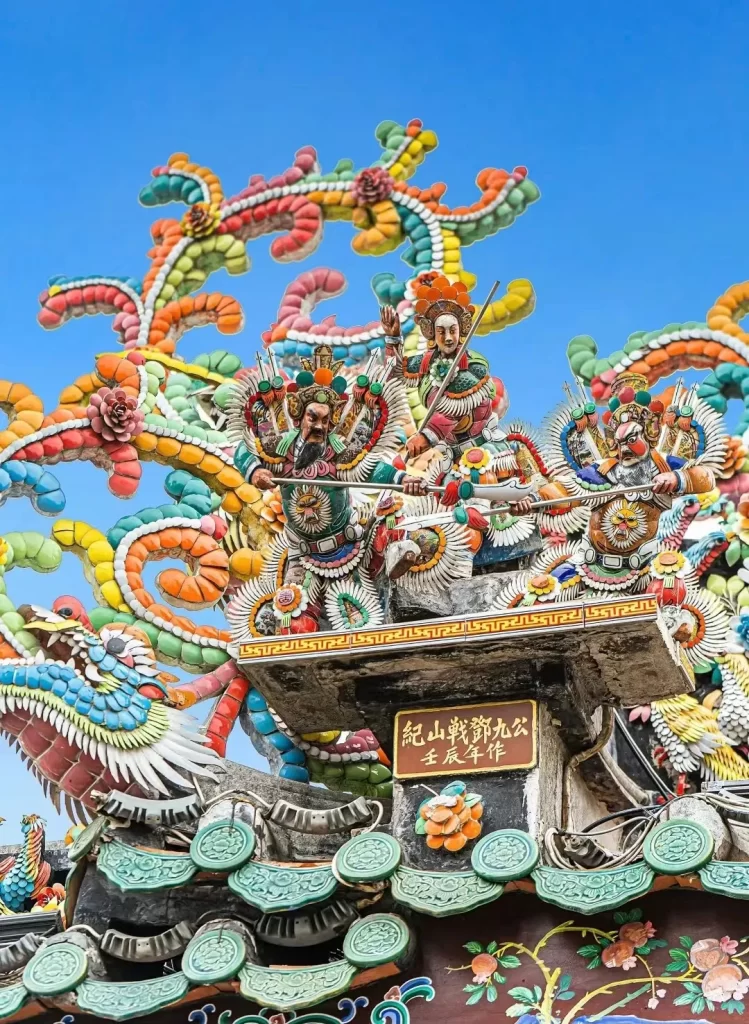
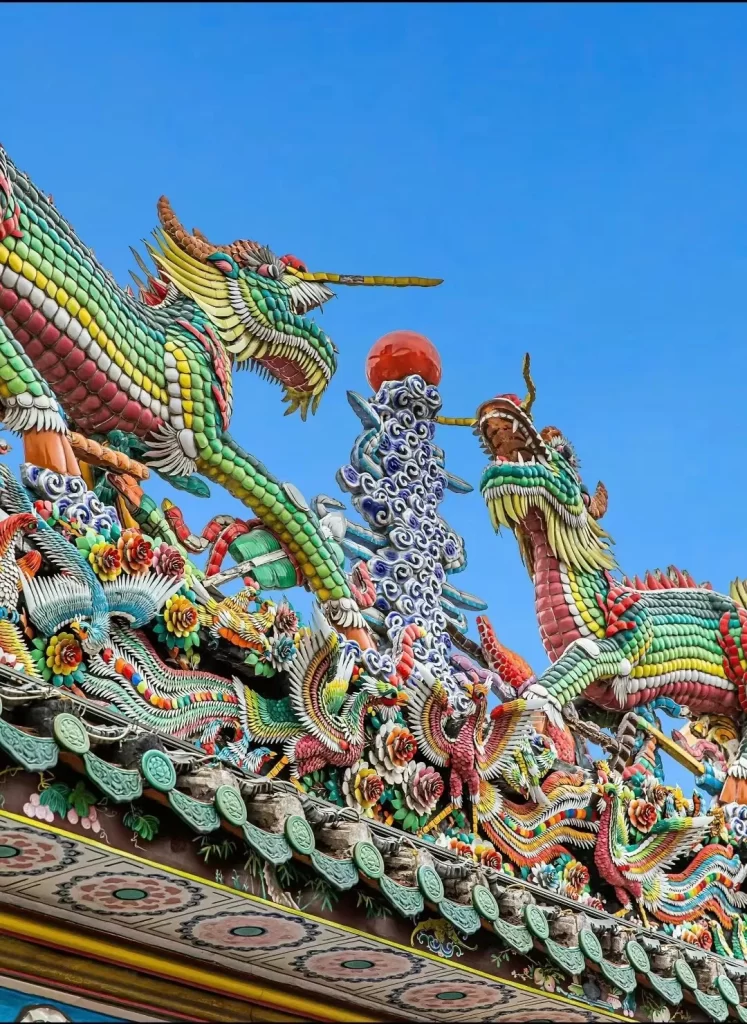
History of Embedded Porcelain
Embedded porcelain began in the Ming Dynasty. The technique was simple during its early years. It matured during the Qing Dynasty. For over 300 years, the art has evolved. It became more refined with time and skill.
From the 1960s to the 1980s, artisans created single decorative pieces. The work was admired for its fine details and color. After the 1980s, a revival occurred in ancestral halls and temples. Wealthy patrons rebuilt these old buildings. This spurred a new wave of porcelain inlay decoration.
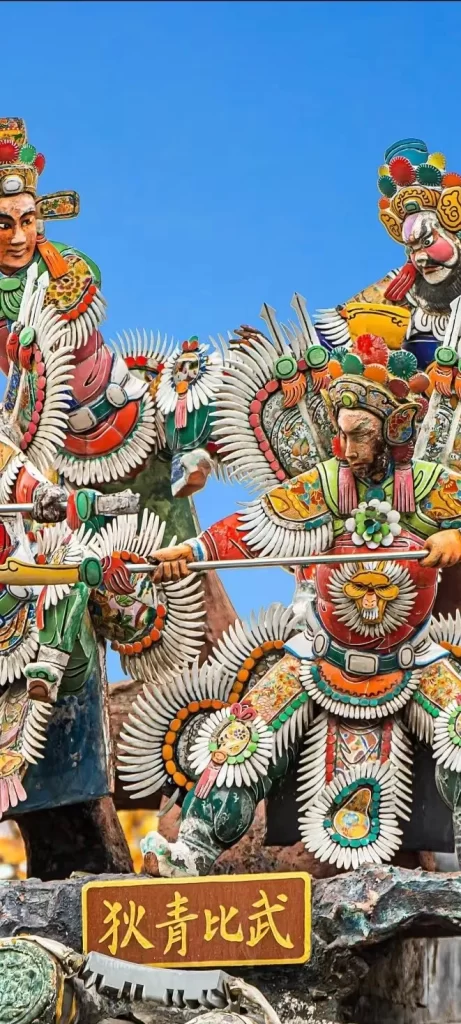
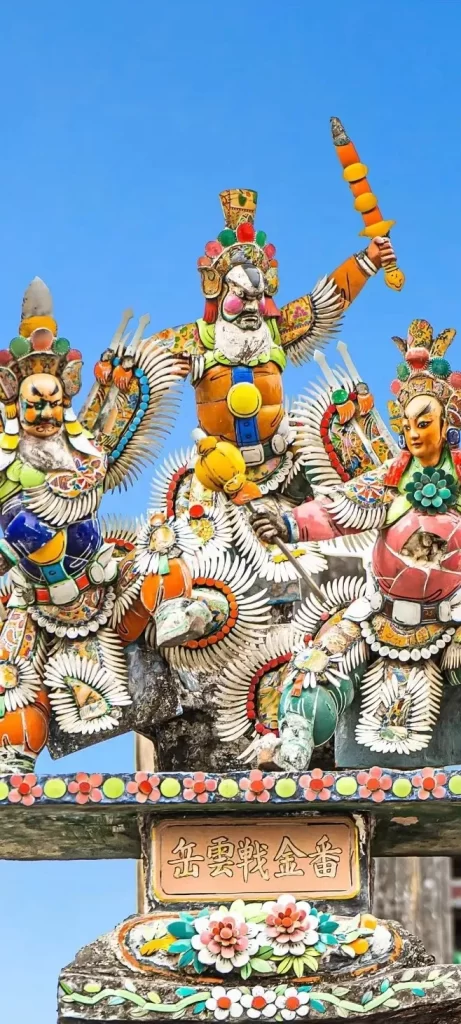
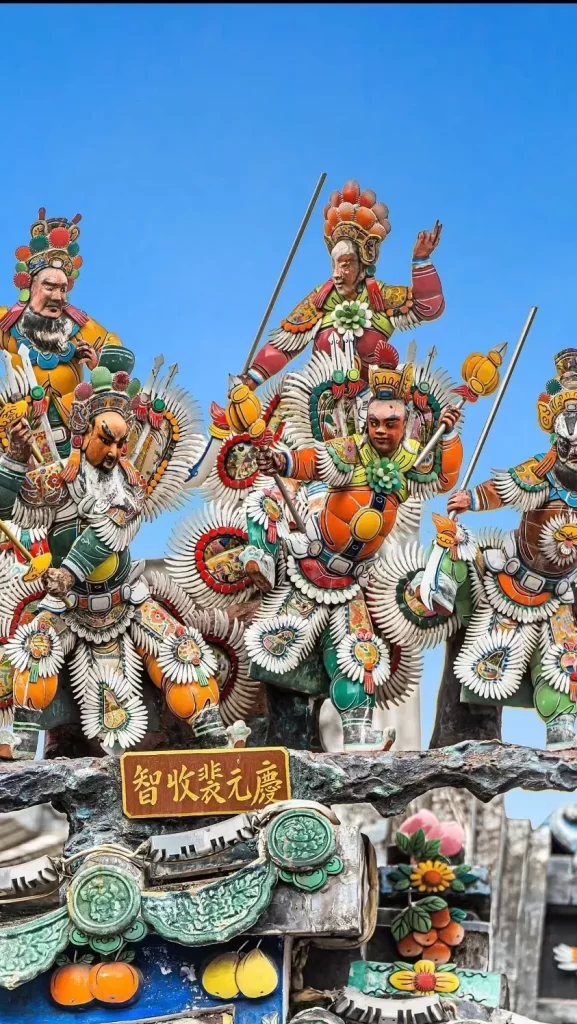
Shantou porcelain inlay
In Shantou, the Xu family played a key role. In 1906, Xu Shiquan learned from a master named Wu Dan. He passed his knowledge to his descendants. Their work formed the unique style of Daliao porcelain. Puning porcelain inlay also has a long history.
Puning inlaid porcelain
Historical records show that Puning porcelain inlay began during the Wanli period. The art thrived in the Qing Dynasty. Skilled artisans emerged in the late Qing and early Republic periods. Their legacy lives on in ancient temples and ancestral halls. This art connects past and present in a meaningful way.
Features and Themes of Porcelain Inlay
Porcelain inlay has many attractive themes. Artists choose subjects from myths and daily life. Common themes include double dragons playing with pearls. Double phoenixes with peonies also appear often. These symbols carry rich meanings and good luck wishes.
The art often decorates roof ridges and temple facades. In ancestral halls, figures with crowns show honor and strength. The style is realistic and full of life. Colors are vibrant and images are detailed. The art is known as “forever bright” because it never fades.
Artists use simple tools to achieve complex effects. They select pieces carefully for shape and color. The images tell clear stories for all to enjoy. This makes the art friendly for people from all cultures. It invites viewers to learn about ancient Chinese art.
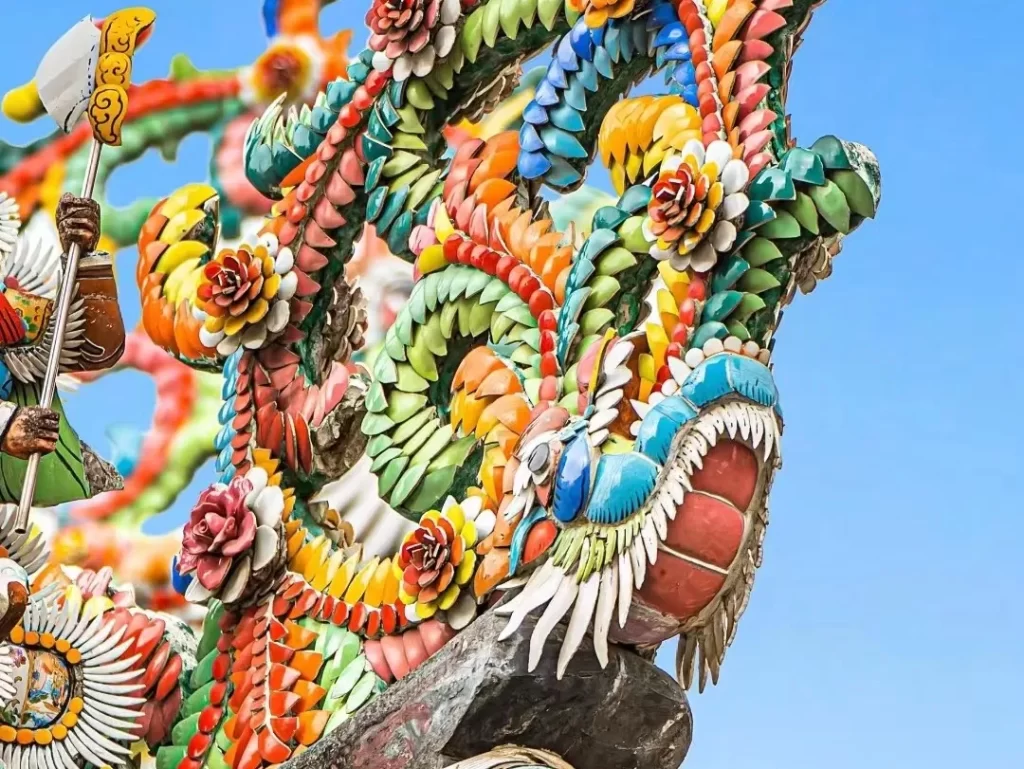
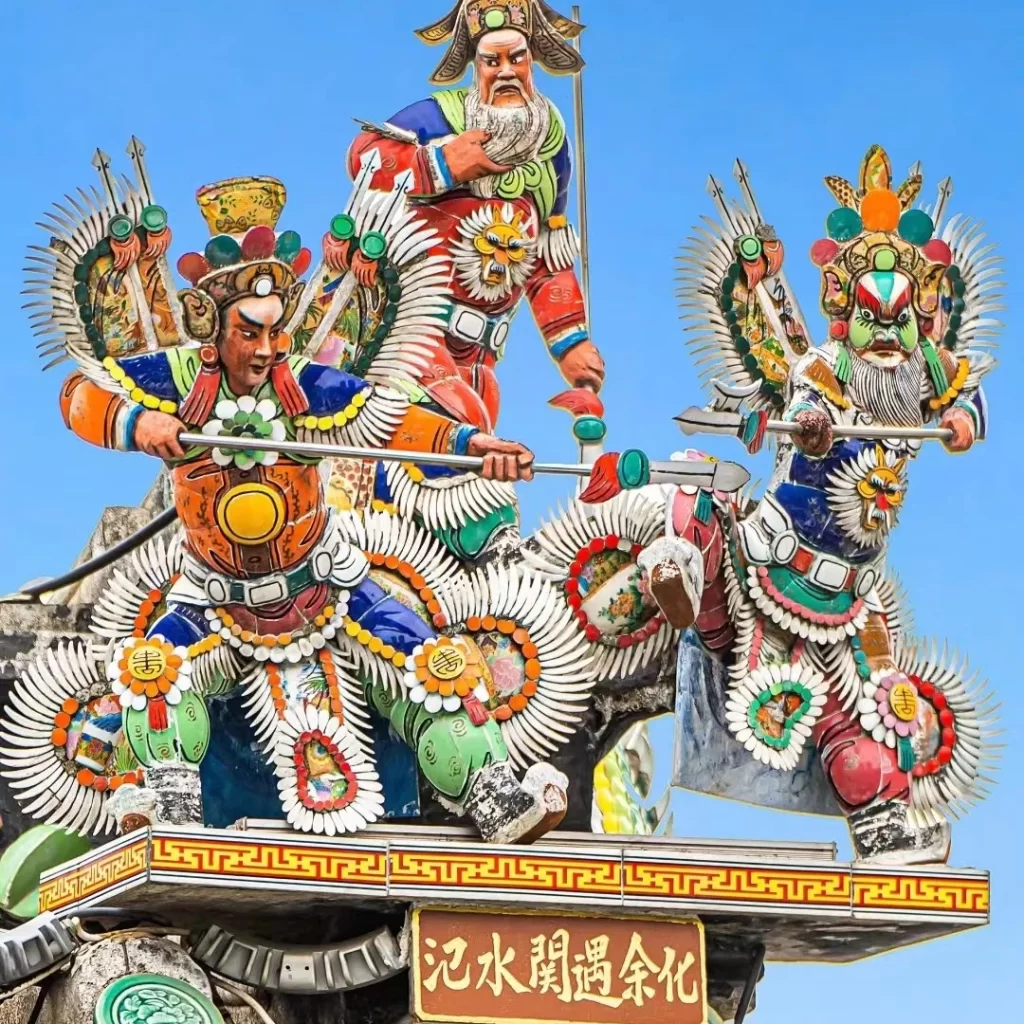
Production Process of Porcelain Inlay
The production process has several distinct steps.
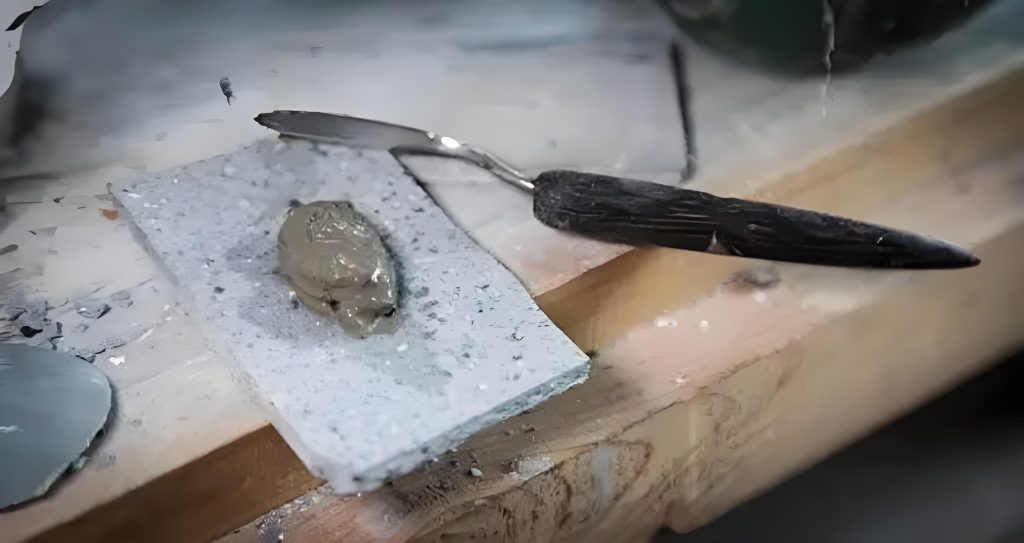
The first step is to build a base structure. Artisans create a framework with bricks and tiles. For three-dimensional work, they use iron wires and mortar. This frame supports the inlaid porcelain pieces.
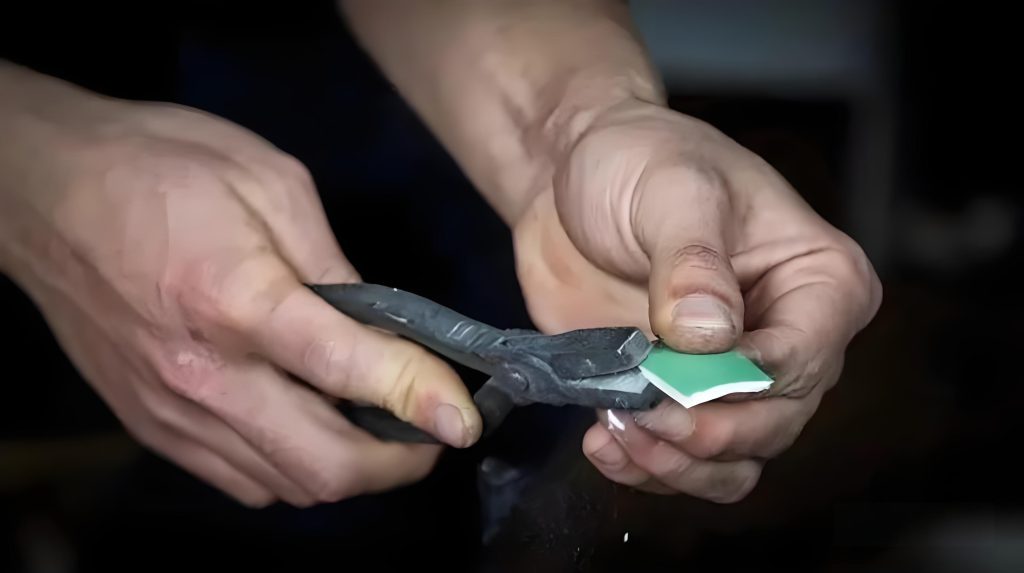
Next, artists create porcelain fragments. They break whole porcelain by throwing or tapping it. The pieces are then selected by shape and size. This step is known as “cutting porcelain”. It requires both precision and creativity.
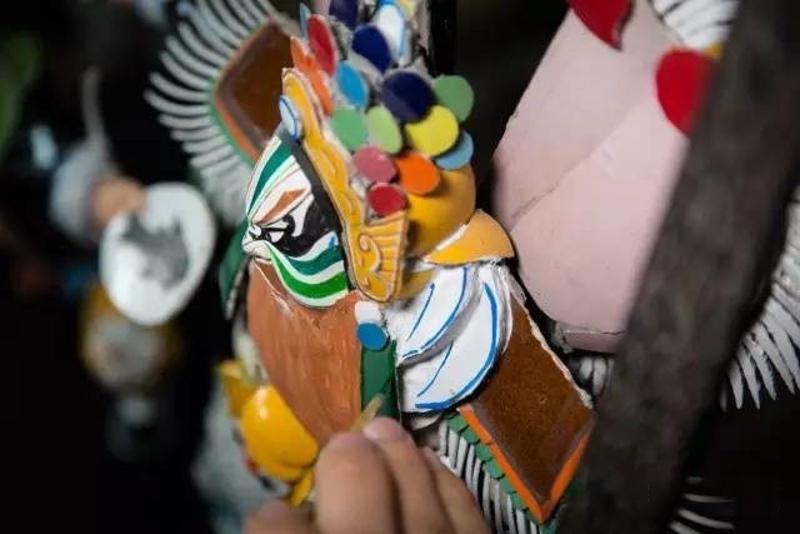
The third step is to inlay the porcelain pieces. This process is called “sticking”. Artisans carefully place each piece on the frame. They must balance color and composition well. The inlay step defines the quality of the work.

Finally, comprehensive adjustments follow. Artists review the overall design and layering. They add details with gold and silver lines when needed. Sometimes, glass beads or film embellishments are used. Each step shows the artist’s dedication and skill.
Inheritance and Protection of Embedded Porcelain
The art has vivid shapes and rich glazes. It has a strong texture and resists weathering. In tropical regions, it endures rain and high heat. Its durability makes it unique among decorative arts. The art remains vibrant under harsh weather conditions.
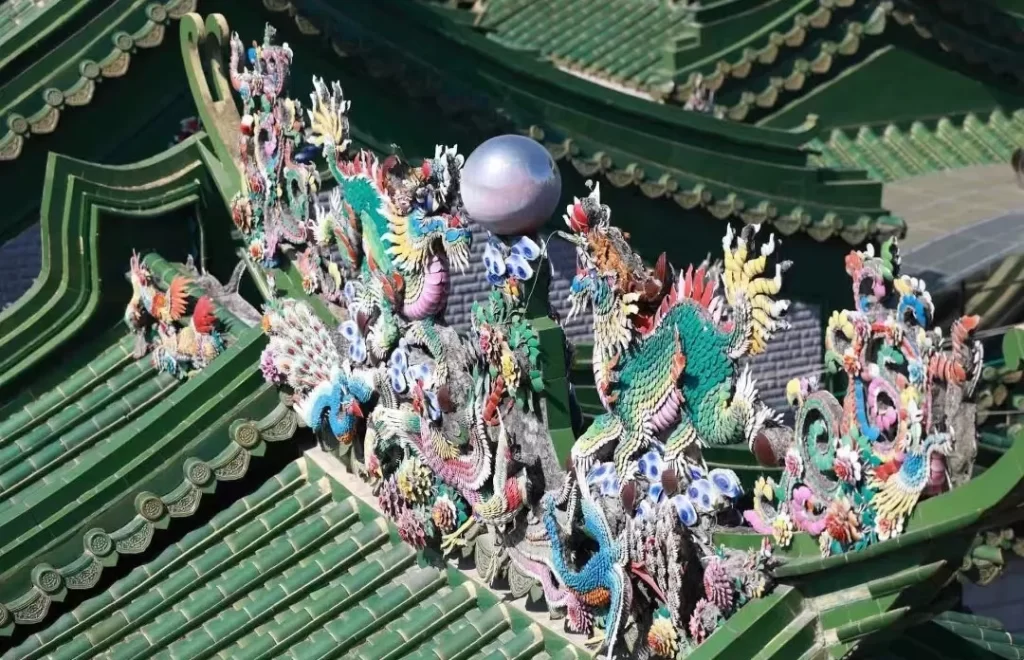
However, modern changes threaten this tradition. Modern buildings leave little space for traditional art. Market changes have lowered artisans’ incomes. Young people often choose other careers over art. This shift endangers the transmission of the skill.
Traditional techniques once decorated large temples and halls. Now, they struggle to find a place in high-rise cities. Many veteran artisans have passed away. Few apprentices are ready to learn the craft. This makes preservation an urgent priority.
Efforts are needed to support these skilled artists. Government and cultural organizations are vital in protection. Programs to teach young artists can revive the art. Increased public interest may boost support and income. Preserving this art protects a vital cultural treasure.
A Living Story of Tradition and Resilience
Teochew embedded porcelain tells a living story. It connects modern society with ancient traditions. Each piece is a symbol of dedication and beauty. The art blends craftsmanship with cultural heritage. It offers a window into a rich history.
This art is simple in its materials and complex in meaning. It shows that traditional art can be both resilient and adaptive. Today, efforts to preserve the craft continue to grow. Communities and experts unite to protect this heritage. They hope that future generations will cherish the art.

Teochew embedded porcelain remains a vibrant part of China’s legacy. Its unique style and history inspire both locals and foreigners. The art invites everyone to explore Chinese traditions. It tells stories that are clear and full of life. This enduring art form continues to shine in modern times.
